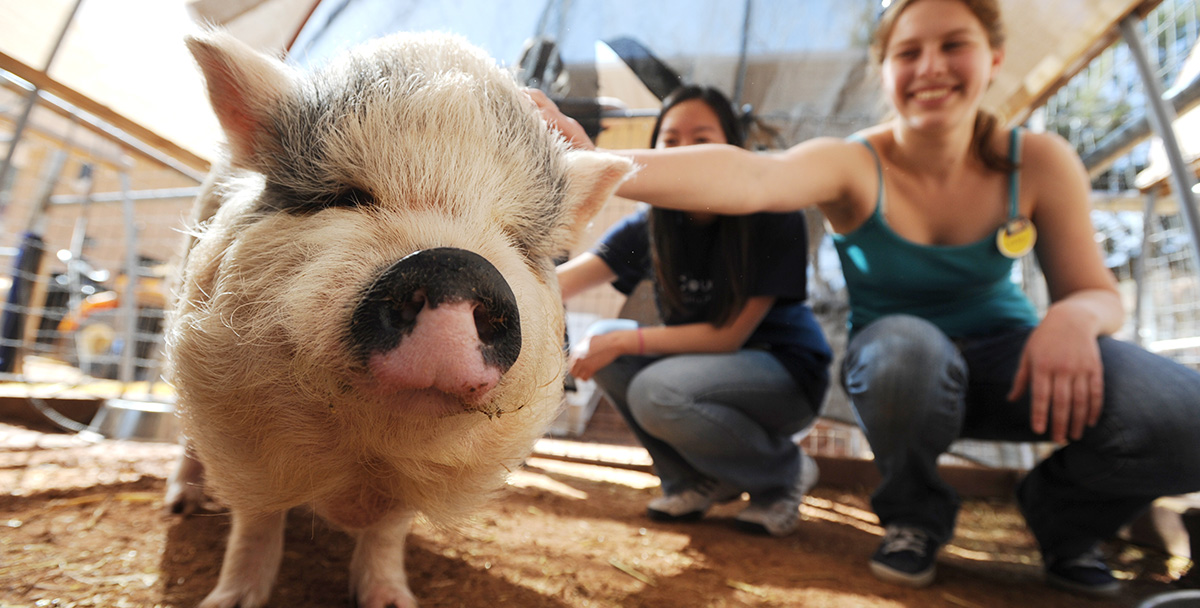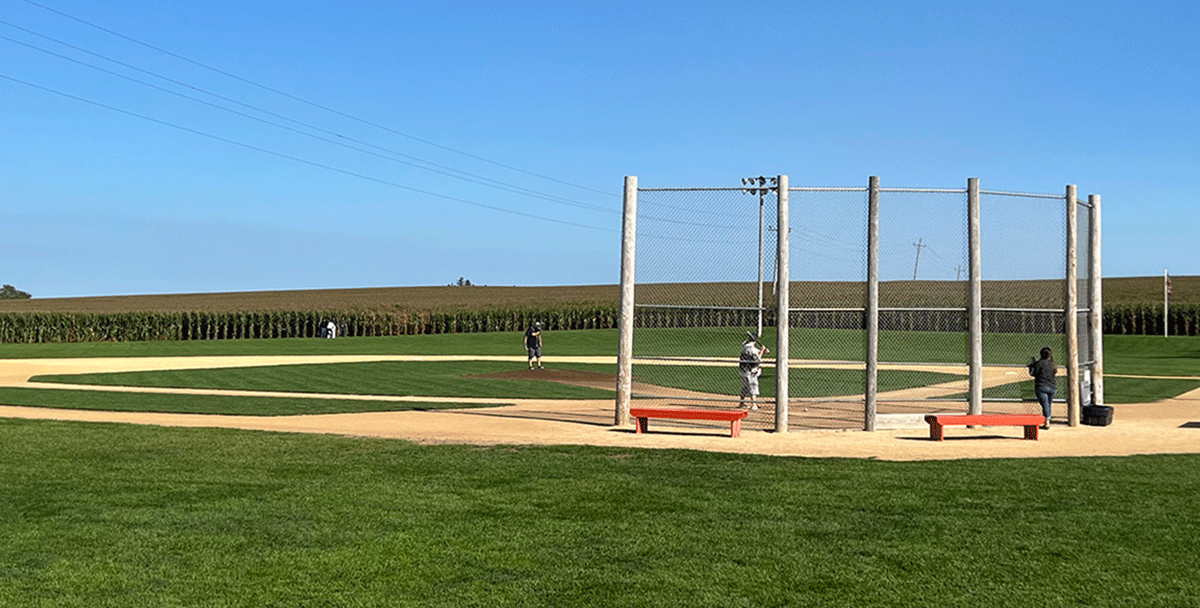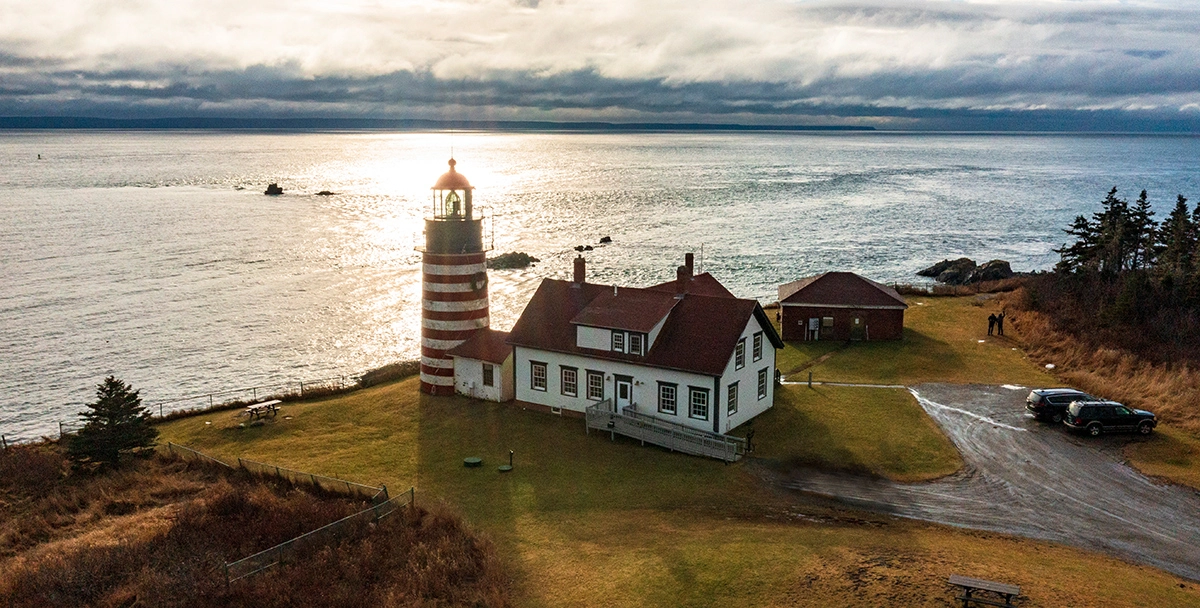Spotting a meteor shower or a shooting star while stargazing is exciting, but this spring Mother Nature has something more dramatic in store. On April 8, 2024, millions of people in the United States will experience a total solar eclipse. A total eclipse occurs when the sun, moon and Earth are aligned, and the moon casts a shadow on our planet.
During the few minutes called totality, the moon completely obscures the sun. As this period approaches, the sky darkens and the temperature drops. Once the sun is blocked, it appears to be dawn or dusk and you can see the sun’s corona — and, potentially, what looks like a sunset spanning the entire horizon. Animals will behave as though it’s evening as crickets chirp and birds return to their nests.

A total eclipse “is the most impactful natural event that most people will witness in their lifetime in a positive way,” says Bob Baer, a specialist at the School of Physics and Applied Physics at Southern Illinois University in Carbondale, Illinois, and co-chair of the Southern Illinois Eclipse Steering Committee. “It’s really incredible. Don’t look at it as a science thing — it’s a human thing.”
Eclipse observers often cheer, laugh or cry. Some have found that “everything else just melted away from them except for the sun, the moon, the Earth and themselves,” says Dan Schneiderman, eclipse partnerships coordinator at Rochester Museum & Science Center in Rochester, New York.
To experience the full eclipse, you must be in the path of totality. This thin band spans 15 states, from Texas to Maine, and is home to about 31.6 million Americans, according to NASA. (The path of totality for 2017’s total solar eclipse took a different path across the U.S.) The rest of the country will see a partial eclipse.
Many communities in the path are planning big celebrations. While nearby hotels may already be sold out, event tickets may still be available — and, of course, watching from your backyard can be just as enjoyable. “See it someplace that’s important to you and your family,” Baer advises.
Wherever you see the eclipse, use these tips for a memorable and safe experience. And if you decide to travel, be sure to read our full guide to road-tripping with your Subaru.

Top Tips for Observers in the Path of Totality
Wear ISO-certified eclipse glasses. During an eclipse, you must wear eclipse glasses to prevent damage to your eyes, says Michael Kirk, who has a doctorate in astronomy and is a research scientist at NASA Goddard’s Heliophysics Science Division. During the few moments of totality, you can remove them with caution, Prevent Blindness says.
Kirk recommends the American Astronomical Society’s website for a list of reputable vendors. For free glasses, try your local schools, museums and libraries, which often provide them for residents on a while supplies last basis. If you’re attending a ticketed event, eclipse glasses might be provided with admission.
Use your technology safely. Using a camera, telescope or binoculars requires a solar filter to protect your eyes — and your equipment. “Make sure [the solar filters] are nicely attached — there’s no gaps or light leaks,” says Kirk. “The major thing is to have those filters attached before you start looking for the sun.” The American Astronomical Society has a detailed eclipse photography guide.
Get kids involved. Many schools will close on April 8, making the eclipse a family experience. NASA has instructions for making a paper plate frame for eclipse glasses to give children extra eye coverage, as well as sun-related science activities for kids and adults.
Be ready for busy roads. “Get to where you’re going to see the eclipse before the eclipse — and that sounds obvious, but there were quite a few people stuck in a traffic jam in 2017,” Baer says. Roads will be busiest just after totality. (If your city expects a lot of visitors, keep water and snacks in your vehicle in case.)
For more safety tips, visit NASA’s eclipse safety page.






